|
What to listen for.
Activity.
Follow-up. Yesterday my student and I listened to the first two measures of each recording. What a revelation. The differences in the performances became more obvious with each listening and these differences were large. I invite you to try the same. Have fun, David
A fine tutorial for students. First Edition 1798-99
Tempo:
None of the artists played with a completely steady beat, in other words, the tempo varied both from section to section and within sections.
David Revised August 2022 This is a simple concept that can be difficult to execute. When the melody goes up crescendo. When the melody goes diminuendo. The change will be small unless the composer indicates otherwise. Exceptions are clearly marked in the score. The last note in a melody before a rest, in Classical music, is played gently unless the composer indicates otherwise. The last note in a melody before a rest, in Jazz music, is played strongly unless the composer indicates otherwise. Please check out the following recording. If I can help you, call me. David Revised August 2022
Everyone understands that the piano is played with the fingers. But not all students understand the role of the wrists, arms, and shoulders in piano playing. These techniques create a kaleidoscope of colour in our playing, and it helps reduce our chances of injury. I wish my early teachers had spent more time on this when I was a kid. My ignorance of these techniques lead to significant arm injury in my late twenties. At age thirty I began relearning the piano with Donald Himes. It took 15 years. Modern piano teaching methods introduce each of these techniques at the appropriate moment. Here is a partial list of techniques. They be observed in the playing of fine pianists. Here is a partial list.
I use some of these techniques in the following video. If you would like help, call me. David Story Donald Himes: Music director/composer for the Mr. Dress-up show CBC. He played from the 1st show to the last. A fine pianist, great teacher and avid Francophile. Revised August 2022 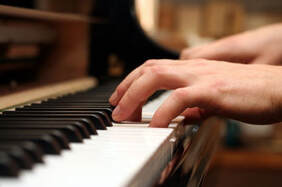 I. Dust off your instrument. 2. Watch some YouTube concerts featuring pianists playing the music you love. 3. Find your metronome. 4. Read some inspiration material about folks like yourself who have succeeded. 5. Start noodling on the piano. Review some old favorites. Explore some new music. Dream. 6. Plan practice time in your schedule to succeed. The happiest students know what they want, why they want it. They've made time for it, and stuck with it. Come join us. David. It depends.
It depends on your prior musical experiences and expectations. If your desires are modest, YouTube will work. But if you desire to achieve some level of musical competency you will need a teacher. Teachers provide objective and knowledgeable feedback. Teachers guide you through a proven curriculum that has been successfully followed by countless students. And when the going gets tough, and it will, a teacher will support and inspire you to keep going. If that sounds like the help you need, call me. David Revised October 2022 This is one interpretation among many possibilities. I have marked the right hand legato and the left-hand quarter notes staccato. These staccato notes would be a 'wet' staccato, or "portato". Slightly detached but marked to give the music some forward momentum. James Maddox presents a lovely rendition that closely resembles the edit above. He does place less emphasis on the broken chords of measures 9 and 16 though. Enjoy David Revised October 2022 These are short, charming, easy pieces for levels 5 and 6. Q: What can harpsichordists teach pianists? A: How to pace the music. Listen to the subtle flexibility in the flow of the music. In the second video the performer talks about these works. Enjoy, David Revised October 2022 I'd forgotten how interesting and satisfying writing a fugue can be. (The fugue's subject was inspired by Billy Joel.) This performance is a computer rendition. To be playable with two hands I'd need to transpose the left hand starting at mm. 8. If you would like some help with music theory call me. Best, David Revised October 2022 Planning an interpretation
This helps the student have a clear metal representation of what to consider and then how to execute this "vision" prior to "practicing" the piece. Call me. David Revised October 2022 This is the book by Anders Ericsson for the layperson on the science of "deliberate practice". This video is a teaser.
Preplanning shortens the time needed to "learn" a piece of music. I start, if I can, by listening to several professional performances. Some of the marks on the score reflect what I heard in a particular performance and other marks are a result of my own deliberations. As I revise this blog, I regret that I didn't mark down what was what and from whom.
Planning an interpretation
David Revised October 2022 YouTube has many piano duets you can enjoy. You play primo. The score for this piece is available, free of charge and registration, through the link above. Learn your part then put on headphones, or ear buds and play along. Remember YouTube videos can be slowed if required.
Have fun David Revised November 2022 So many piano students are seeking the "secret". The secret that sends them to the front of the line. This secret is called "musicianship". This secret is made up of four principal areas: technique, theory, history, and aural skills. Here are four ideas or reasons to work in these areas. 1. Practice piano technique with a metronome as this will get your internal musical clock in order. 2. Master theory/rudiments/harmony that is appropriate to your level. Learning how music is constructed helps you to memorize and understand what you are playing. 3. Read music history. Knowing the breadth of repertoire and the historical context of your style of music allows you to play with more insight. Classical students study classical history, jazz students jazz history, etc. 4. And finally work on your ear training or aural skills. The ability to visualize the sound of music in your head before you play it is often overlooked by music students. David Below is a video of the Duke Ellington student staple, Satin doll. The video is cued for the B section or middle 8. Listen to the trombone "lick" played when the chord progression lands on F. Figure is out. It is in the key of F, starts on A. Now check out the video I've made on what to do with this lick. This is an example of aural skills in action. revised May 2023 www.finchcocks.com/Finchcock Piano Courses UKI'm dreaming. of one week of piano with first rate tutors, delicious food, and flowing wine at this adult piano retreat in the UK. Click above for more inf.
David revised November 2022 My top five tips for practicing any musical instrument:
Theory
If you would like help, call me. David Revised March 2023 Some ideas.
One of my students is working at the early advanced stage of Classical piano. This week Chopin Waltz in b minor and Gnossienne #6 by Satie. Sophisticated music. She is a retired executive whose career spanned the globe. She is an avid concert goer. As in, more than a concert a week. At the end of class I complemented her on her playing and knowledge of the music, it's context, and style. She was slightly taken back. She quickly explained that she has friends who are so much more sophisticated and nuanced in their appreciation of classical music. (One wrote liner notes for a major classical music label, one was a critic if I recall correctly as well.) I pointed out to her that she has learned more than she knew through those friendships. She recalled the after concert socializing where great debates on the merits of the performance. Furthermore, decades of concert going at the great halls of the world leaves a mark. A significant mark. Cheers, David How I Prepare to Learn Or Teach A New Piece of Music: Haydn Sonata in C And Bourrée in F By Telemann1/8/2021 When I take on a new piece of music of any complexity I will go through some or all the following steps. My goal is to have a clear artistic impression of the piece before I begin. 1. Compare the different scores available to me. 2. Seek out professional recordings. 3. Print the music as I will be marking it up. 4. Study the form and phrasing of the work. Sometimes, as in the Telemann I will mark in the phrasing. 5. I will consider the era in which it was written for clues on possible interpretations. 6. I translate any unfamiliar terms I find in the score. 7. I might consult other sources to explore the style and era of its creation. For the Sonata in C, I enjoyed re-reading the section on Haydn ornaments in the book below. 8. I will listen to multiple professional performances and mark on the score ideas of interest. I often will slow down a recording to hear how the artist plays their ornaments. 9. I might consult with a colleague or my piano coach as well. In short, I will have a clear set of ideas, those I discovered and my own, to explore as I now start to "learn" the piece. I will share these with my students. If I can help you discover intriguing world of classical music, please call me. David
Bach's WTC would be one of the 2 music books I would take with me if I was to be exiled to an island. David Listen to superb musicians playing great music. It is a musical truism: "we are who we listen to" because who we listen to inculcates the sound of the music into our being. This inculcation will colour how you play.
Try this on your next new piece.
Have fun. David Revised January 2024 How do I become a great pianist? An honest question if a tiny bit naïve. If you are in a great hurry, it is going to be difficult. If you are looking for a “hack” or some shortcut, I don’t know any. For centuries pianists have followed a standard set of proven practices.
I'm available to help and encourage you on your journey. Just call me. David |
You've got to learn your instrument. Then, you practice, practice, practice. And then, when you finally get up there on the bandstand, forget all that and just wail. AuthorI'm a professional pianist and music educator in West Toronto Ontario. I'm also a devoted percussionist and drum teacher. Categories
All
|
||||||||||||||||||||||||
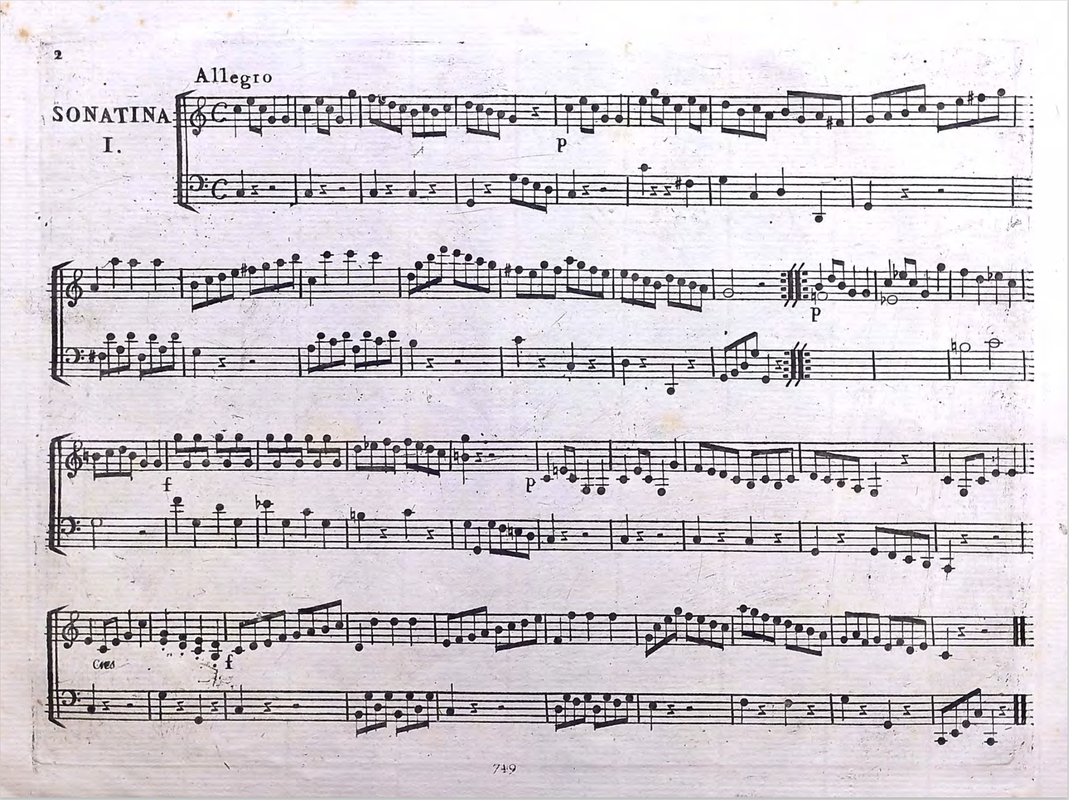
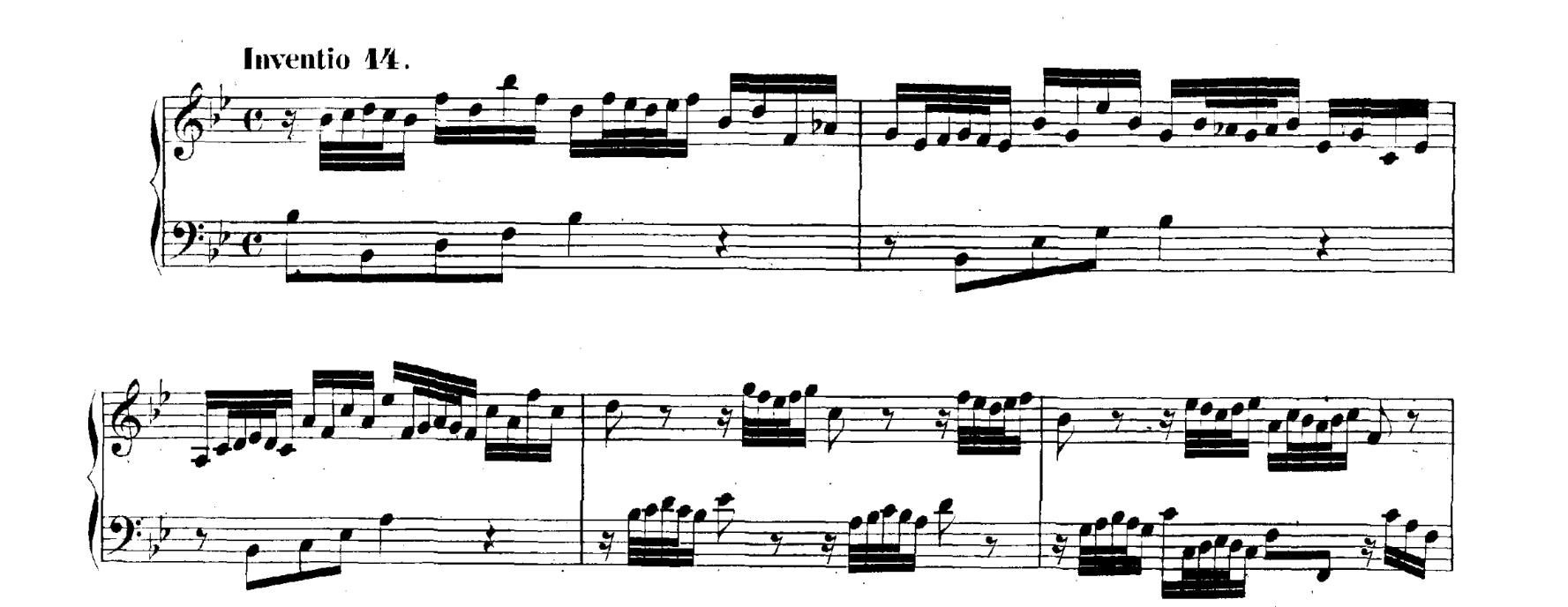
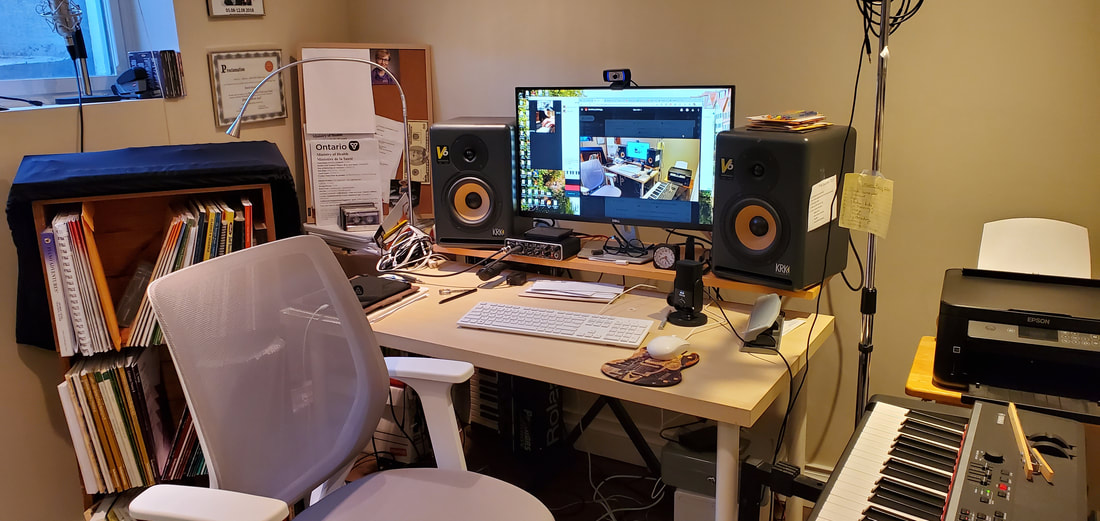
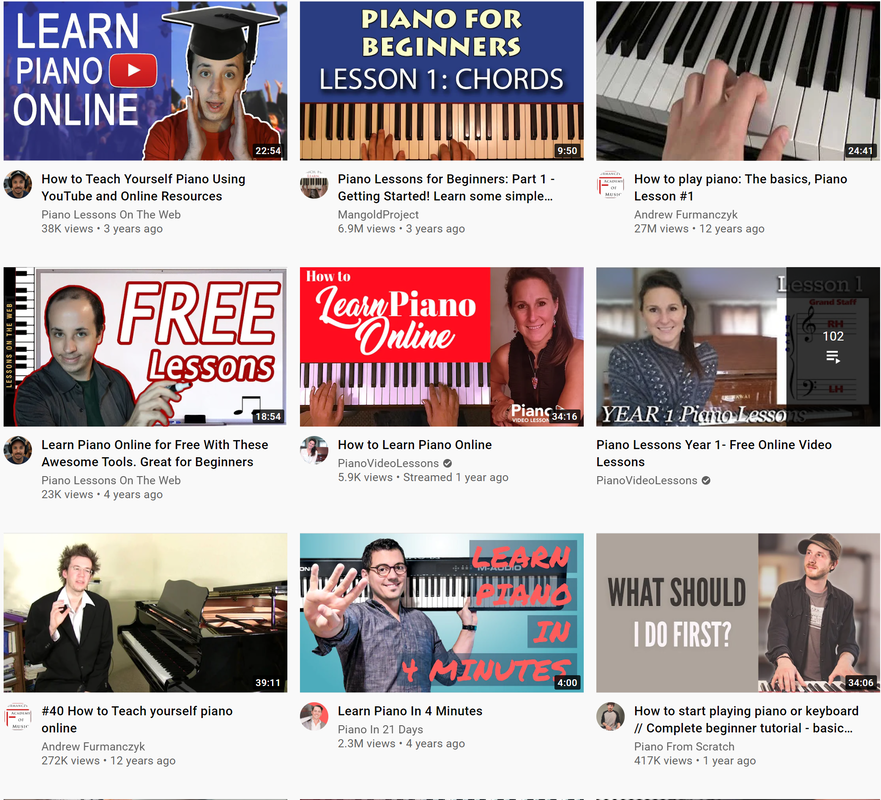
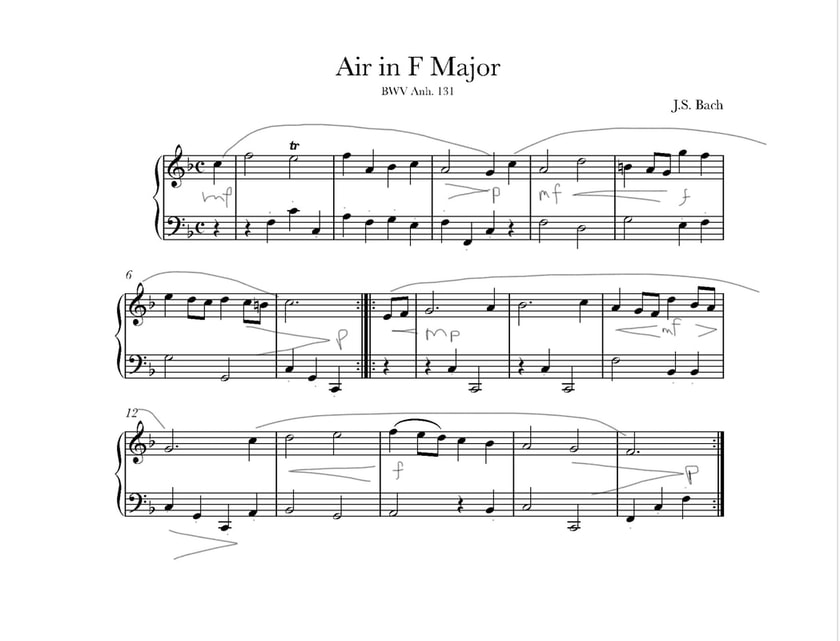
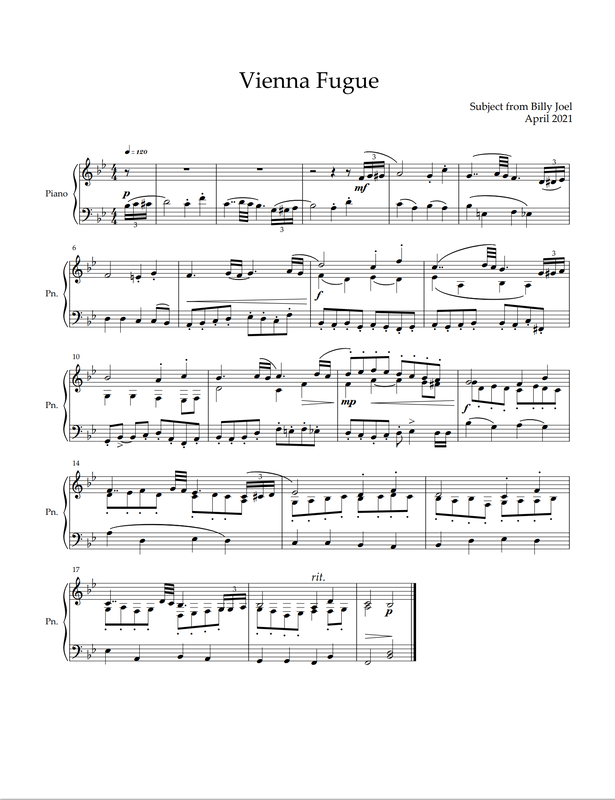
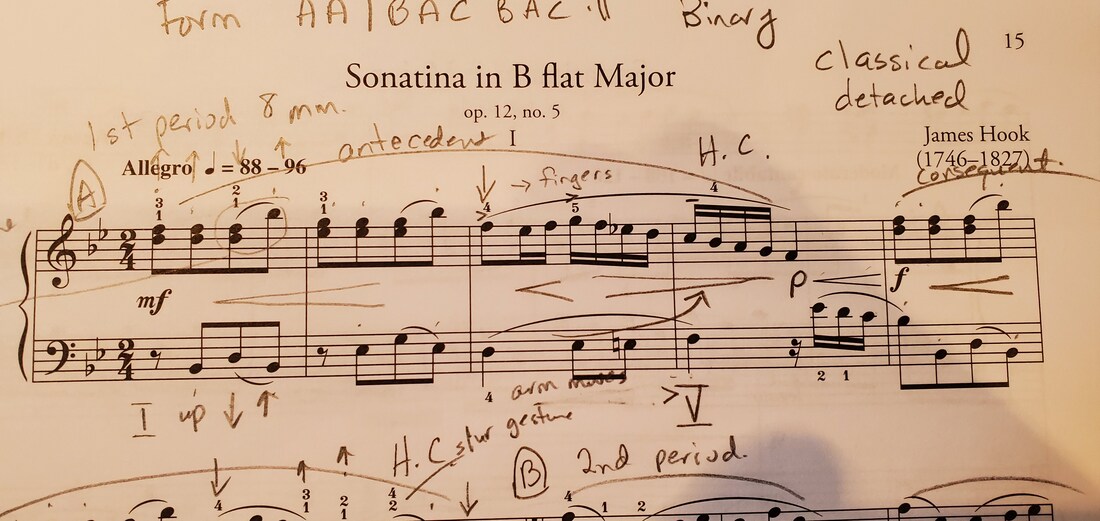
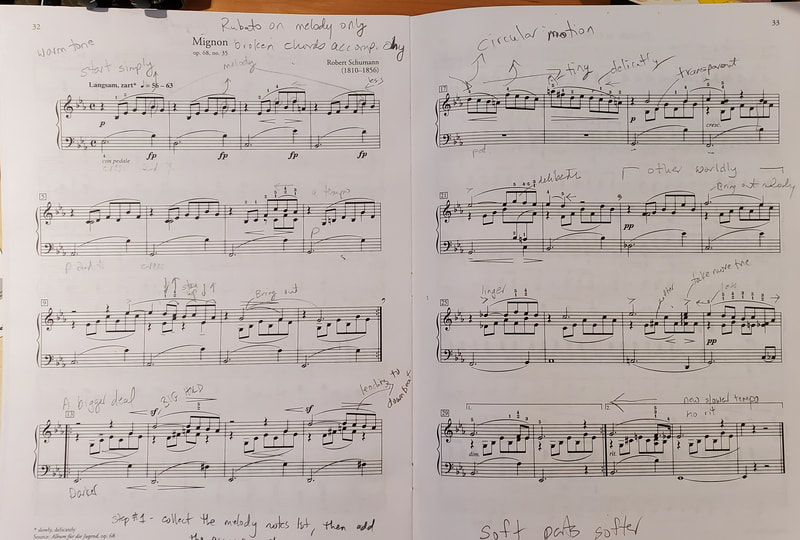
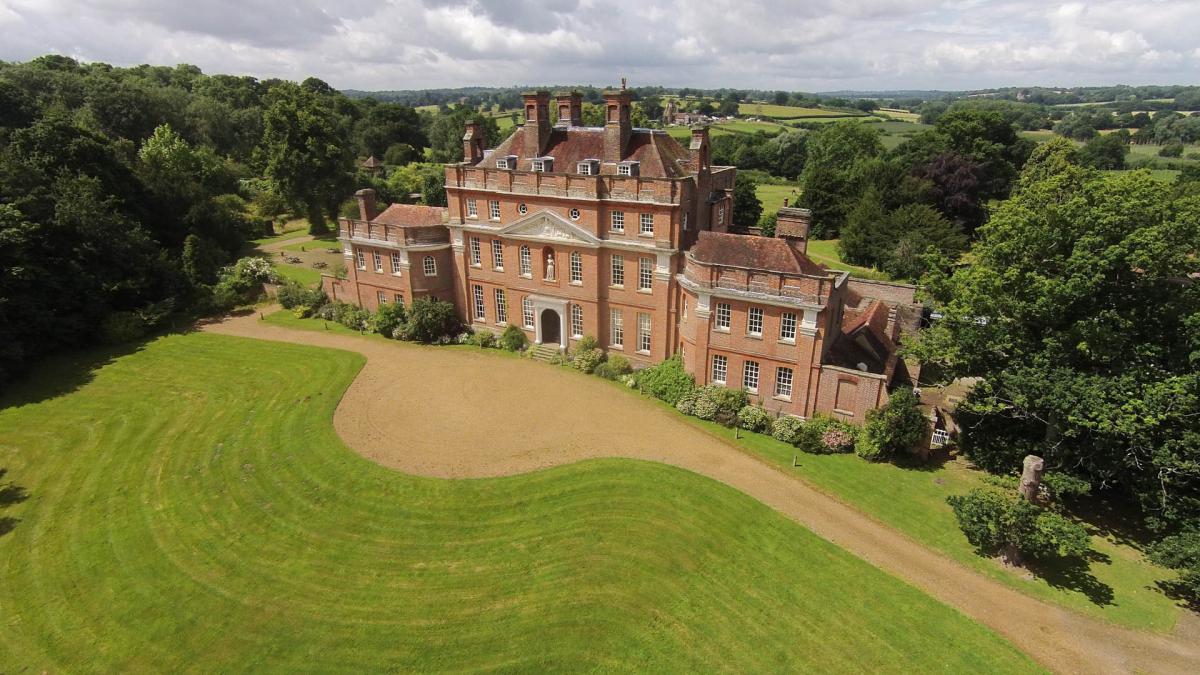
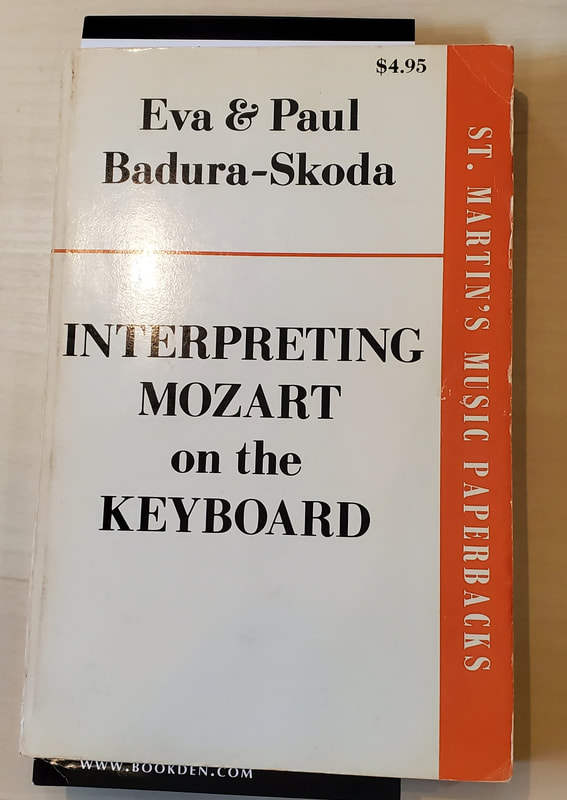
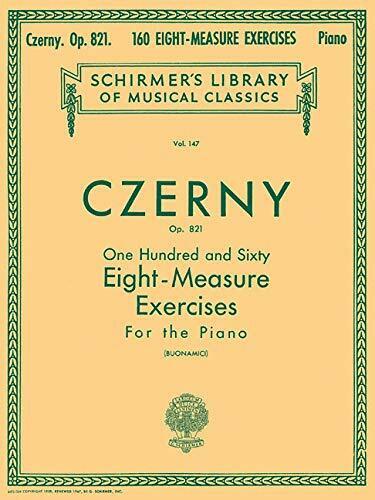
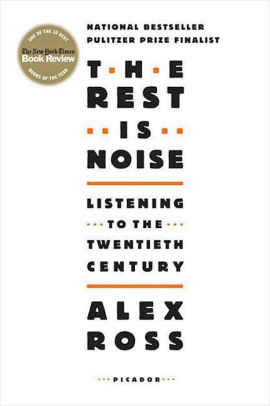
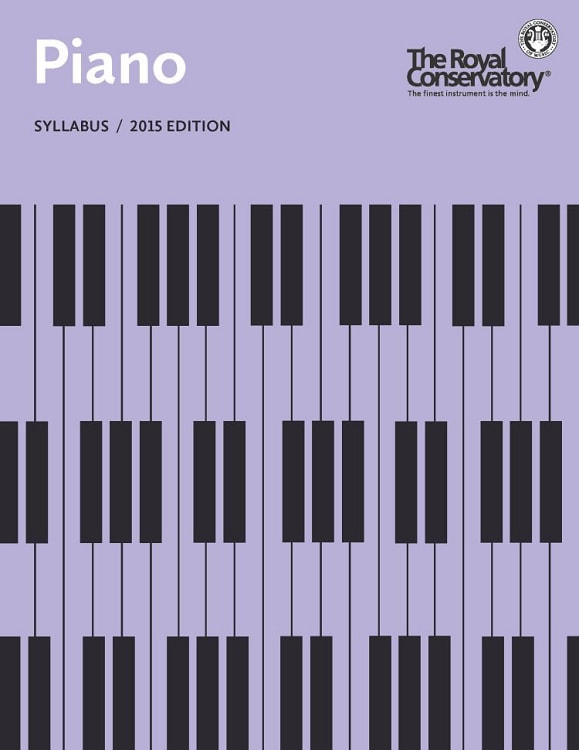
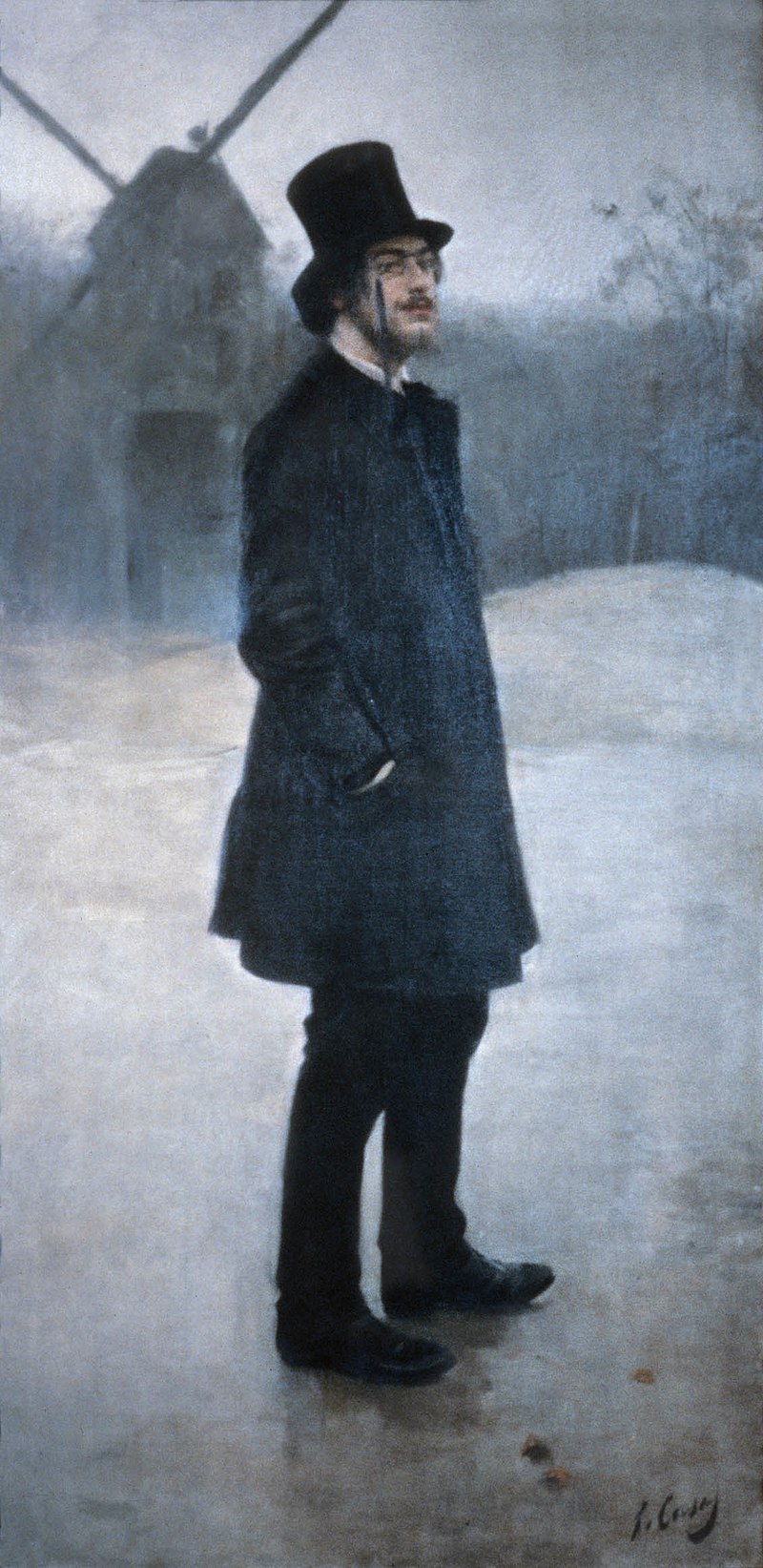
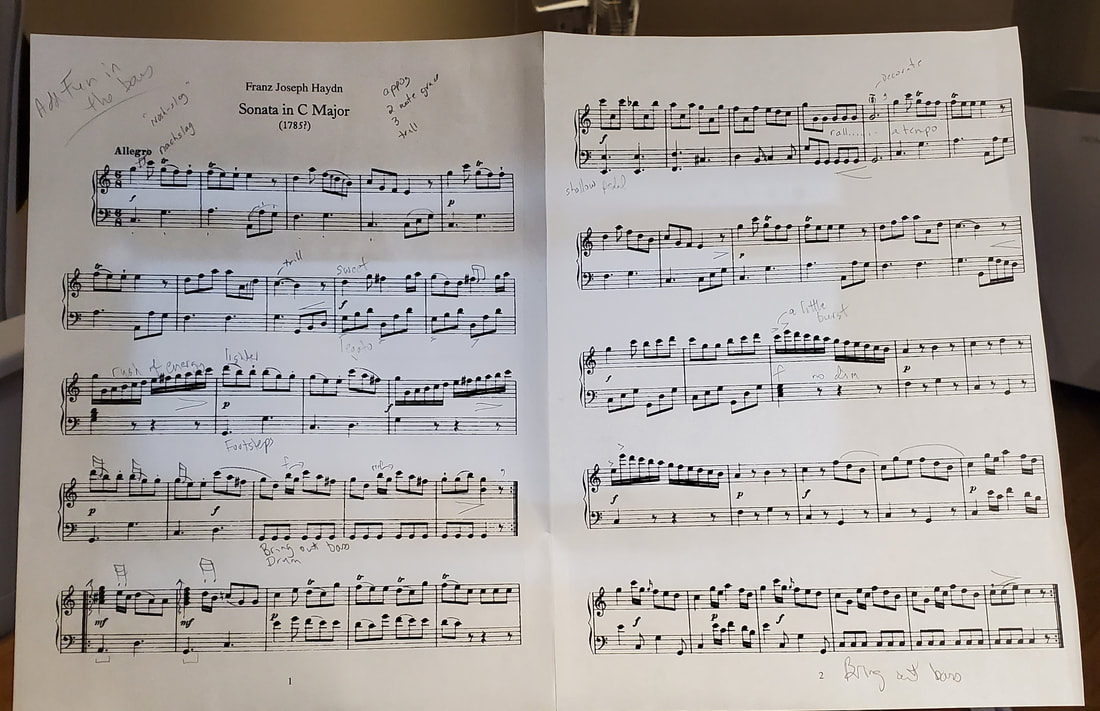
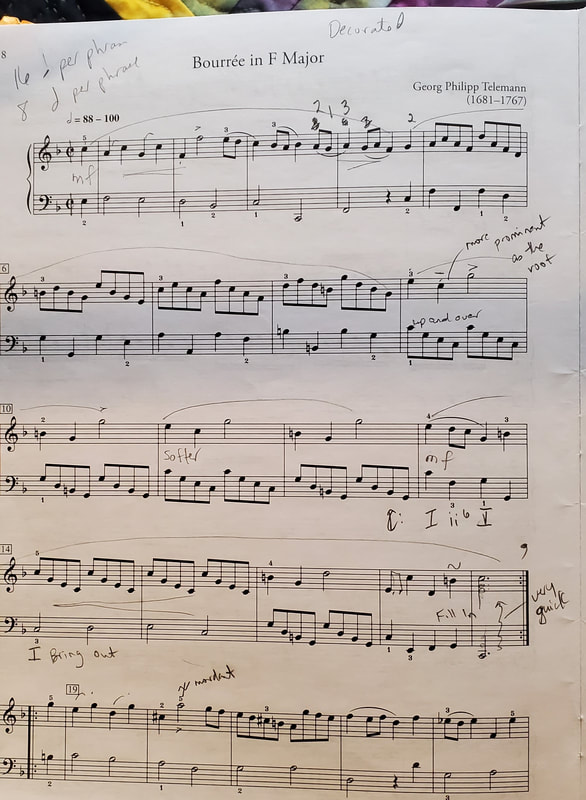
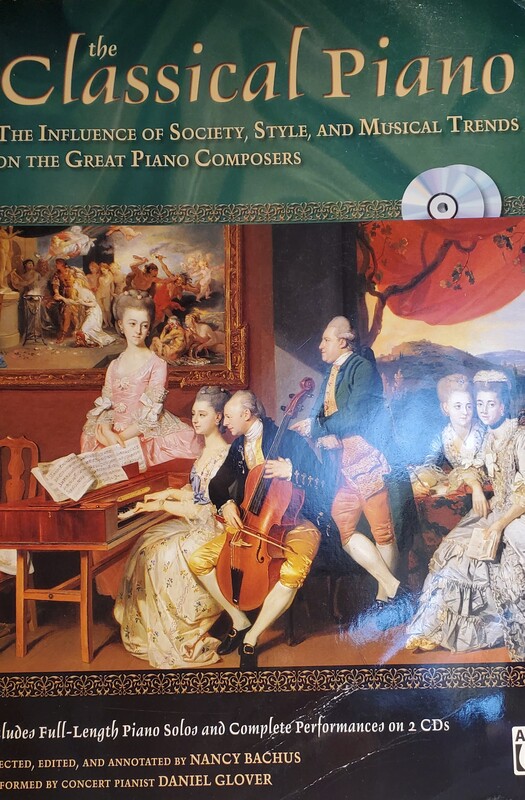
 RSS Feed
RSS Feed